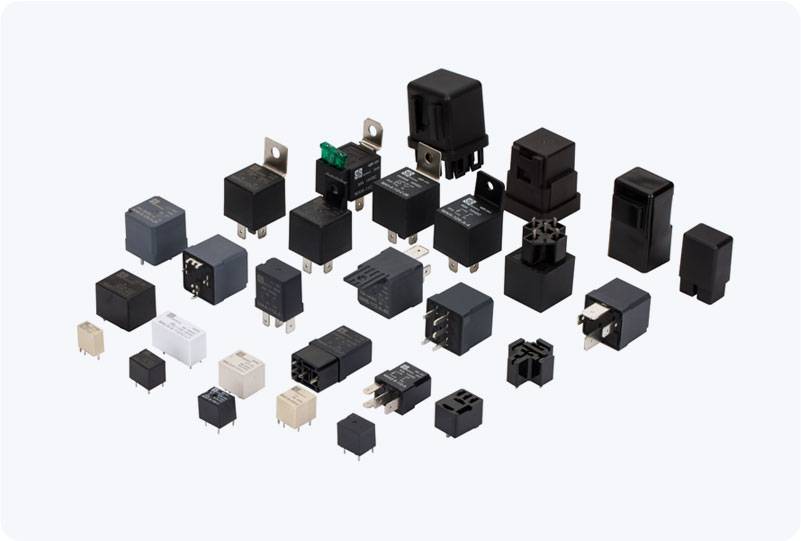relay vs fuse in car: understanding their roles and differences
Release time:2025-06-17 09:51:37
In any modern vehicle, the electrical system plays a crucial role in ensuring that all the components, such as lights, sensors, and motors, operate smoothly. Two important elements of a car's electrical system are the relay and the fuse. Though they both serve protective and functional purposes, their roles are distinct and complementary. Understanding the differences between a relay and a fuse in a car can help you better understand how your vehicle's electrical system functions and how to maintain it effectively.

What is a Relay? A relay is an electrically operated switch that controls a high-power circuit using a low-power signal. In simple terms, a relay enables a small electrical current to control a larger current, which makes it possible to manage high-power components with a lower-power signal. This is particularly useful in a car, where certain systems, such as the headlights, fuel pump, and air conditioning, require significant amounts of power to operate.
Relays work by utilizing an electromagnet to close or open a circuit. When an electrical current is supplied to the coil of the relay, it creates a magnetic field that moves a metal armature, thereby closing or opening the switch. This allows the larger current needed to power high-power components to flow through the circuit. Once the current to the relay coil is turned off, the magnetic field collapses, and the switch returns to its default position, stopping the flow of the larger current.

